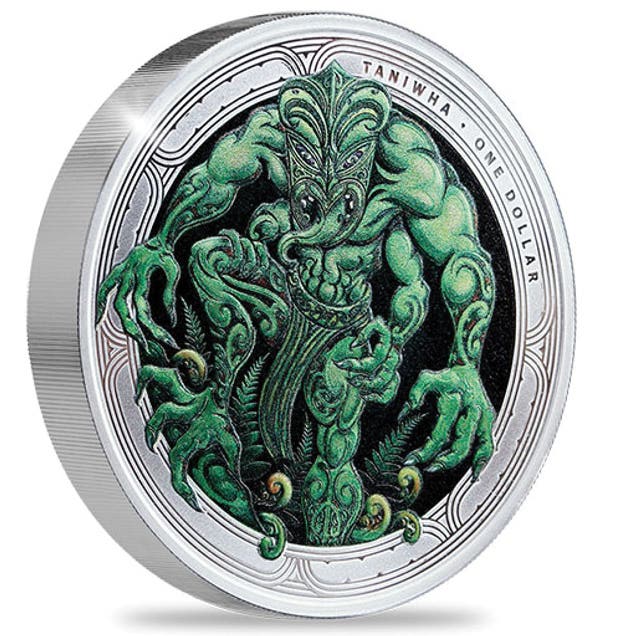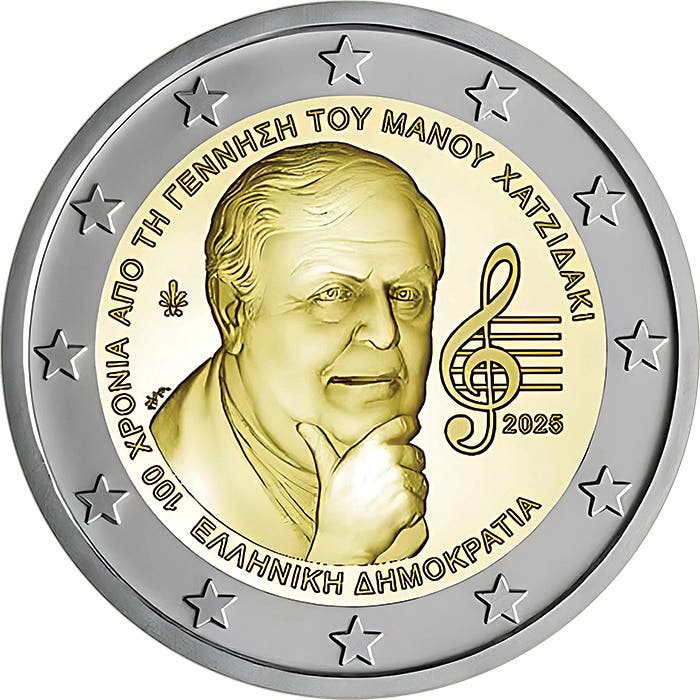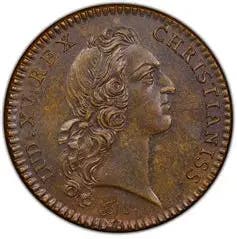“The Sower” and “The Walking Liberty” are Closer Than Ever!
The series by Monnaie de Paris pairs France’s “Sower” with America’s “Walking Liberty,” honoring artistic ties that may run deeper than history records.
For decades, a mystery has intrigued generations of numismatists on both sides of the Atlantic. The striking similarities between Oscar Roty’s (1846–1911) “The Sower” and “The Walking Liberty” by Adolph Alexander Weinman (1870–1952) cannot be ignored. And yet, no concrete evidence has been discovered so far that unambiguously confirms what can only be perceived as highly likely: Weinman’s acclaimed design was largely influenced by Roty’s.
A recent collaboration has brought both masterworks closer than ever. A project between French and American artists commissioned by the Monnaie de Paris celebrates a long-standing friendship between the two nations. Conceived as a three-year project, the series was launched in 2024 with coins simultaneously displaying Roty’s and Weinman’s designs. It will end in 2026 with a collection of French coins celebrating the 250th anniversary of the United States Declaration of Independence.
For the 2024 coins, the chosen designs celebrate each nation’s national symbol of Liberty. The Chief Engraver of the Paris Mint, Joaquín Jimenez, produced an obverse based on the “Walking Liberty.” Jimenez’s engraved design depicts Lady Liberty as a young woman holding the American flag behind her and a bald eagle with outstretched wings soaring above her head. Interestingly, the stars are arranged in a circular pattern on the background of the composition.
On the reverse, former U.S. Mint’s Chief Engraver and American numismatic legend John Mercanti created his interpretation of “The Sower.” The design shows a figure sprinkling the seeds of Liberty, Equality, and Fraternity as wheat stalks flank her and the French flag flies in the background. The year “2024” and the value are represented on the face of the coin, as are Mercanti’s initials and the Monnaie de Paris mint mark, a cornucopia (Horn of Plenty).
The 2024 six-coin series was produced at the Paris Mint as limited edition gold and silver high-relief proofs. Silver coins with a 0.999 fineness were produced with the face values of 20 euro (37 millimeters; 31.1 grams; mintage: 3000), 25 euro (41 millimeters; 62.21 grams; mintage 2000), and 50 euro (50 millimeters; 155.5 grams; mintage 1000). Coins with respective face values of 10 euro (15 millimeters; 3.11 grams; mintage 1000), 200 euro (34 millimeters; 31.1 grams; mintage 300), and 500 euro (50 millimeters; 155.5 grams; mintage 50) were produced in 0.999 gold. (See a coin from the series on page 35 in the COTY 100.)
The Creation of “The Sower” and “The Walking Liberty”
Roty was a French medallist and sculptor who ranks among the most celebrated artists of the Art Nouveau period. One of his best-known creations was called “The Sower” in English. It was originally designed by Roty in 1887 as a proposal for a prize medal commissioned by the French Ministry of Agriculture. Years later, in 1896, he was requested by the French Ministry of Finance to submit designs for the newly planned coinage. Roty returned to “The Sower” and transformed the original robust peasant into a slimmer version of France’s iconic symbol, Marianne, wearing a Phrygian cap.
The French Ministry of Agriculture selected Roty’s design, and it was engraved for the first time on the obverse of the 50-centime silver coin in 1897. Since then, it has appeared in countless coins, including France’s present euro currency. Roty’s design alludes to a dynamic Republic that, according to art historian Cornelius Vermeule in “Numismatic Art in America: Aesthetics of the United States Coinage,” “…seeds the fertile soil with new ideas that, if treated with care, may one they germinate.” Interestingly, the depiction is more symbolic than realistic since seeding is not performed against the wind.
Towards the end of 1915, a decision was made in the United States to produce subsidiary coins with new designs, and several sculptors were selected to submit their proposals. One of them, the German-born sculptor Weinman, submitted a sketch called “Walking Liberty.” In 1916, Weinman’s proposal was selected to appear on the obverse of the half-dollar silver coin. While the coins were minted between 1916 and 1947, Weinman’s design has been repeatedly used in various later coins and medals. The Secretary of Treasury William G. McAdoo explained in his 1916 annual report that the design bears “…a full-length of Liberty, the folds of the Stars and Stripes flying to the breeze as a background, progressing in full stride toward the dawn of a new day, carrying branches of laurel and oak, symbolical of civil and military glory. The hand of the figure is outstretched in bestowal of the spirit of Liberty.”
Most scholars believe that the resemblance of Weinman’s obverse to Oscar Roty’s design is not accidental. While the two men had not met, Weinman was thought to be inspired by Roty’s work. Despite that, as Vermeule notes in his text, Weinman’s “Walking Liberty” cannot simply be regarded as a “slavish copy” of “The Sower.”
You may also like:









